Strap yourself in, motorcycle enthusiasts, because we’re about to discuss a crucial element of every rider’s safety: the helmet. But a helmet isn’t just any piece of equipment; it needs to fit perfectly to offer maximum protection. A loose helmet can become dislodged in a crash, while a tight one can be uncomfortable and lead to headaches. So, how do you find the right size motorcycle helmet? Don’t worry, we’ve got you covered.
Why Does Motorcycle Helmet Size Matter?
Think of your motorcycle helmet as your second head. It’s designed to absorb impact energy during a crash, protecting your skull and brain from serious injury. However, for a helmet to do its job effectively, it needs to fit snugly and securely.
Here’s why the right size motorcycle helmet matters:
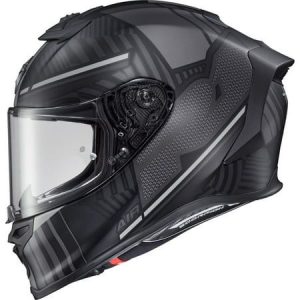
- Safety: A loose helmet can move around on your head during an accident, reducing its ability to absorb impact and potentially causing the helmet to come off completely. This can lead to more severe head injuries.
- Comfort: A helmet that’s too tight can be uncomfortable, causing pressure points and headaches. This can distract you while riding and make long journeys a pain (literally).
- Seal: A properly fitted helmet creates a tight seal around your head, preventing wind noise, dust, and insects from entering.
Measuring Your Head for a Motorcycle Helmet
Before diving into helmet shopping, it’s essential to determine your head size. Here’s what you’ll need:
- Soft measuring tape: A cloth or tailor’s tape measure is ideal for this task. Avoid using a metal tape measure, as it can be uncomfortable and potentially dent your head (not ideal!).
- Friend (optional): Having a friend help you with the measurement can ensure accuracy, especially if you struggle to hold the tape measure steady.
Now, follow these steps:
- Find the Widest Point: Locate the widest part of your head, which is usually just above your eyebrows and around the fullest portion at the back of your head.
- Measure Accurately: Wrap the tape measure comfortably around your head, ensuring it sits level all the way around. Take the measurement in inches or centimeters (most helmet size charts use centimeters).
- Repeat for Accuracy: Take the measurement two or three times to ensure you get a consistent reading.
Using a Motorcycle Helmet Size Chart
Once you have your head measurement, it’s time to consult a helmet size chart. These charts are provided by most helmet manufacturers and can be found on their websites or packaging.
Here’s how to use a helmet size chart:
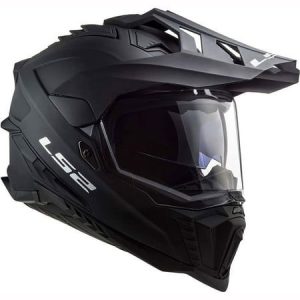
- Match Your Measurement: Locate your head circumference measurement in centimeters on the chart.
- Find Your Size: The corresponding helmet size (usually denoted by XS, S, M, L, XL, etc.) will be listed next to your measurement.
- Consider Head Shape: Keep in mind that head shapes can vary. Some charts may also account for head shape (round, oval, etc.). If you’re unsure, opt for a brand that offers this information.
Trying on Helmets for the Perfect Fit
While a size chart is a good starting point, there’s no substitute for trying on helmets to find the perfect fit. Here are some tips for a successful helmet shopping trip:
- Visit a reputable motorcycle gear store: Reputable stores have knowledgeable staff who can assist you in finding the right size and style of helmet.
- Bring your head measurement: This can help the salesperson narrow down potential helmet options.
- Try on multiple helmets: Don’t be afraid to try on several helmets in different sizes and brands.
- The Snug Test: Put on the helmet and gently rock it from side to side. The helmet should fit snugly but not be uncomfortably tight. You should be able to fit two fingers (snugly) between your forehead and the helmet padding.
- The Cheek Pinch Test: Pinch the cheek pads of the helmet. They should compress slightly but return to shape when you release your fingers.
- The Chin Strap Test: Fasten the chin strap and try to open your mouth. The helmet should feel secure, but not so tight that it restricts movement.
- The Comfort Check: Wear the helmet for a few minutes and walk around the store. Does it feel comfortable? Are there any pressure points?
Additional Considerations When Choosing a Motorcycle Helmet Size
Here are some additional factors to keep in mind when selecting the right size motorcycle helmet:
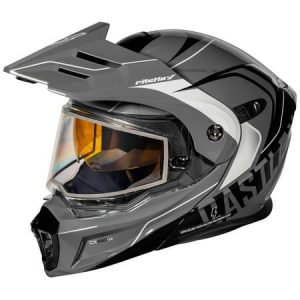
- Helmet Break-in: New helmet liners tend to be snug and may feel tight at first. However, most liners will break in slightly over time, conforming to the shape of your head for a more comfortable fit.
- Riding Style: If you plan on doing a lot of touring or long-distance riding, prioritize a helmet that offers a comfortable, all-day fit. Consider a slightly looser fit to accommodate longer wear times.
- Head Shape: As mentioned earlier, head shapes can vary. If you have a round head, a rounder helmet shape might be more comfortable. Conversely, an oval-shaped head may require an oval-shaped helmet for a proper fit.
- Glasses Wearers: If you wear eyeglasses, choose a helmet that accommodates your glasses comfortably. Look for helmets with temples that are designed to fit around glasses frames without causing pressure points.
The Importance of Buying a New Helmet
It’s important to invest in a new helmet whenever possible. Here’s why:
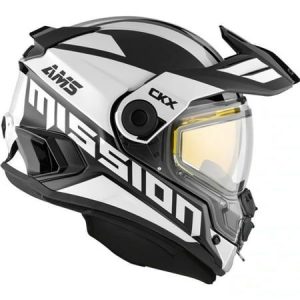
- Safety: Helmets are designed to absorb a single impact. A helmet that has been involved in a crash may have sustained internal damage, compromising its ability to protect you in a future accident.
- Liner Breakdown: Over time, a helmet’s liner can deteriorate and lose its ability to absorb impact effectively.
- Technology Advancements: Helmet technology is constantly evolving. Newer helmets may offer improved safety features, comfort, and ventilation compared to older models.
Taking Care of Your Motorcycle Helmet
Once you’ve found the perfect fitting helmet, here are some tips to ensure it lasts for years to come:
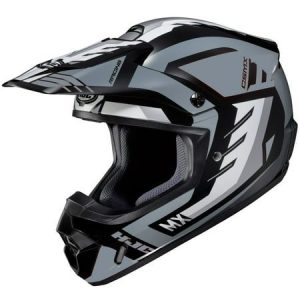
- Store it Properly: When not in use, store your helmet in a cool, dry place away from direct sunlight. Heat can damage the helmet’s liner and shell.
- Clean it Regularly: Wipe down the helmet’s exterior with a damp cloth and mild soap solution. You can also remove the liner (if removable) and wash it according to the manufacturer’s instructions.
- Inspect Regularly: Periodically inspect your helmet for any signs of damage, such as cracks, scratches, or loose components. If you find any damage, replace your helmet immediately.
Finding the Right Motorcycle Helmet for You
Finding the right size motorcycle helmet is an essential step towards ensuring your safety on the road. By following the tips outlined above, you can be confident you’re choosing a helmet that fits perfectly and offers optimal protection.
Now that you’re armed with this knowledge, it’s time to find your perfect helmet! Visit your local motorcycle gear store today and browse their selection. Their knowledgeable staff can help you find the right size, style, and features to suit your needs and budget. Invest in your safety – don’t settle for anything less than a helmet that fits perfectly and keeps you protected on every ride.


